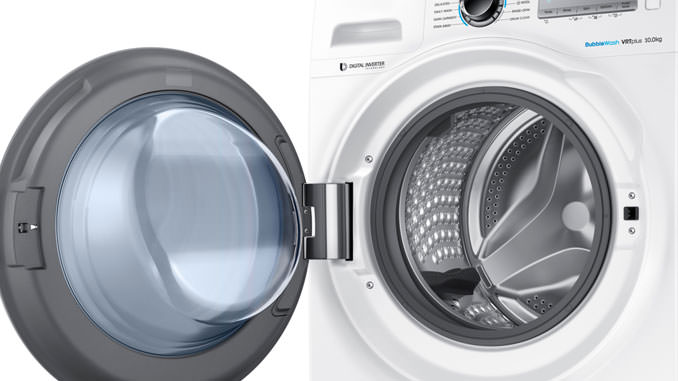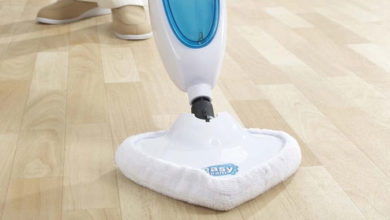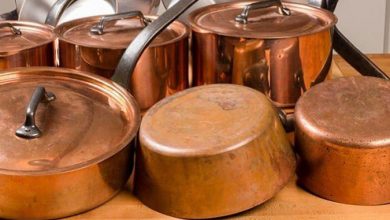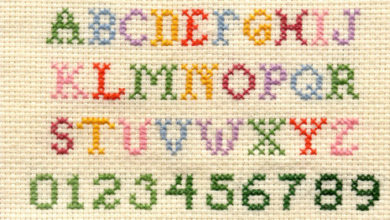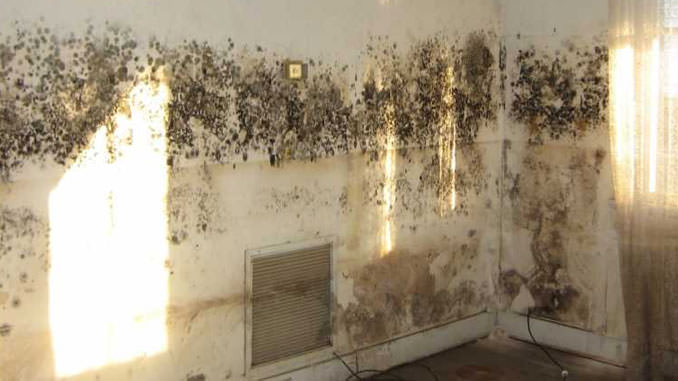
How to clean mold from wallpaper
Mold is a fairly common problem in most homes and, as often happens, is regarded as a simple unsightly flaw. It is very harmful to your health and that of your children or pets, the microscopic spores in the air, if inhaled, can cause allergies, asthma, or other respiratory problems.
It can grow on damp or poorly ventilated surfaces such as bathrooms, basements, attics, or in some cases, even on wallpaper. In the latter case, cleaning the affected area is vital to prevent it from being irreparably damaged over time.
Before starting work, you need to wear protective clothing. If the wallpaper is washable, pour 2 tablespoons of bleach into a bucket or other large container and add warm water. Stir the mixture with a spoon or a long-handled brush.
In another bowl, mix 1 cup of ammonia-free detergent and 1 liter of hot water. Warning: bleach is a fundamental tool in this step, but I advise you to buy pure bleach in a paint factory since the one available in most supermarkets contains other substances that can cause damage.
Ensure the room is well ventilated and isolated from other rooms in the house to avoid spreading contaminants. Proceed by slightly soaking a cloth or sponge with the detergent solution containing the bleach, dab the wall, and be careful not to wet it excessively.
Let the mixture act for about 10 minutes and then start rubbing gently, forming small circles until completely removed. Rinse the area with warm water to remove any residue. Then pat the walls dry with a dry cloth to remove excess moisture.
If the upholstery is not washable, use a spatula or a soft-bristled brush to remove the bulk of the stain, and finally dab the area with a rag or sponge soaked in water and bleach and wrung well. The paper must absolutely not get wet, so the operation must be fast. Of course, test the compound in an inconspicuous area, such as behind a door or in the corner of the room, to ensure the solution does not damage the surface.

